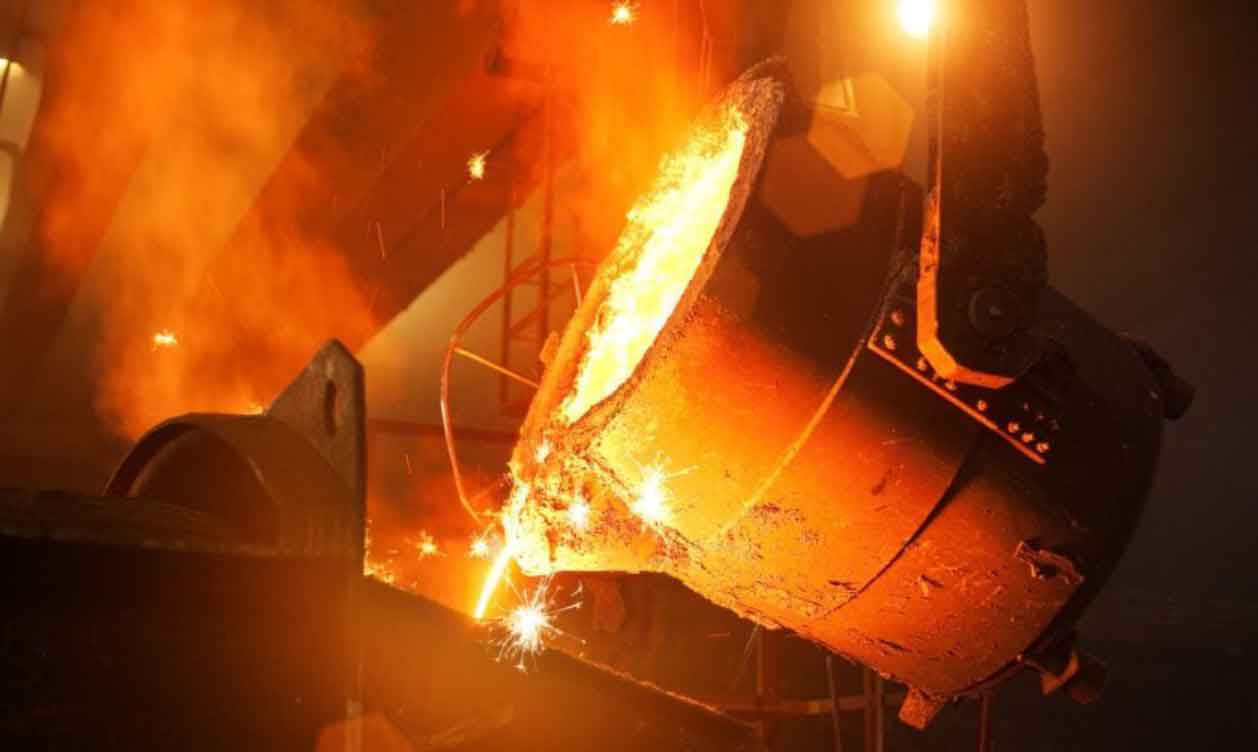
The process of steel casting involves a combination of art and science to transform molten metal into solid forms. It requires precision, skill, and careful control of various parameters to ensure the production of high-quality steel components. Let’s explore the art and science behind steel casting, from the preparation of molten metal to the solidification of the final product.
1. Melting and Preparation of Molten Metal:
The steel casting process begins with the melting of raw materials, primarily iron ore, along with other alloying elements such as carbon, manganese, and chromium, in a furnace. The molten metal is carefully monitored and controlled to achieve the desired composition and temperature. Various techniques, such as electric arc furnaces or induction furnaces, are used for efficient and controlled melting.
2. Mold Preparation:
Simultaneously with the melting process, molds are prepared to receive the molten metal. The mold material, typically made of sand or ceramic, is shaped to form the cavity that will define the final shape of the component. The mold is designed with gating and risering systems to facilitate the flow of molten metal and ensure proper filling of the cavity.
3. Pouring and Filling the Mold:
Once the molten metal reaches the desired temperature and composition, it is carefully poured into the prepared mold. The pouring process requires skill and precision to control the flow rate, prevent turbulence, and minimize the formation of defects such as air entrapment or oxide inclusions. The molten metal fills the mold cavity, taking the shape of the desired component.
4. Solidification and Cooling:
As the molten metal fills the mold, it undergoes solidification and cooling. The solidification process is critical for achieving the desired microstructure and mechanical properties of the steel. The cooling rate and heat dissipation during solidification are carefully controlled to prevent the formation of defects like shrinkage or porosity. The time required for solidification depends on the size and complexity of the component.
5. Shakeout and Cleaning:
After the molten metal solidifies and the component reaches a suitable temperature, the mold is removed through a process called shakeout. The solidified steel casting is then cleaned to remove any residual mold material, including sand, ceramic, or other refractory materials. Cleaning processes may involve shot blasting, sandblasting, or chemical treatments to ensure the surface of the casting is free from contaminants.
6. Finishing Operations:
Once the steel casting is cleaned, it may undergo additional finishing operations to achieve the desired dimensional accuracy and surface finish. These operations may include machining, grinding, heat treatment, and surface coating processes. Machining operations remove excess material, refine dimensions, and create functional features, while heat treatment processes optimize the mechanical properties of the steel.
7. Quality Assurance and Inspection:
Throughout the steel casting process, quality assurance and inspection play a crucial role. Various non-destructive and destructive testing methods are employed to ensure the casting meets the required quality standards. These tests may include visual inspection, ultrasonic testing, X-ray examination, dimensional checks, and mechanical testing to verify the integrity, properties, and dimensions of the final product.
8. Continuous Improvement and Process Optimization:
Steel casting is a continuous learning process, with a focus on continuous improvement and process optimization. Foundries employ advanced techniques, technologies, and computer simulations to enhance the casting process, minimize defects, improve yield, and optimize the overall quality and efficiency. By analyzing data, implementing feedback, and refining casting practices, foundries strive to achieve consistent, high-quality steel castings.
Steel casting combines the artistry of mold preparation, pouring, and solidification with the scientific control of temperature, composition, and cooling. Skilled foundry workers, engineers, and metallurgists work together to ensure the successful transformation of molten metal into solid steel components. Through a combination of craftsmanship, technical expertise, and continuous improvement efforts, the art and science of steel casting deliver robust and reliable metal components for a variety of industries.
